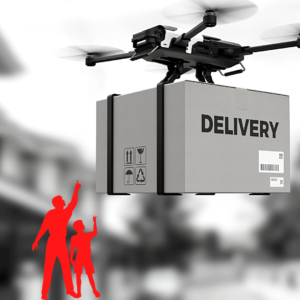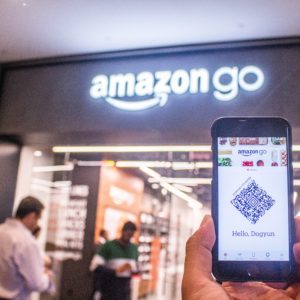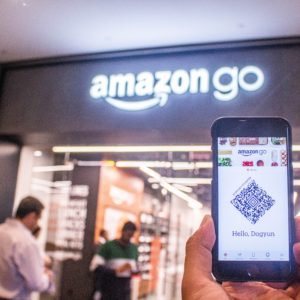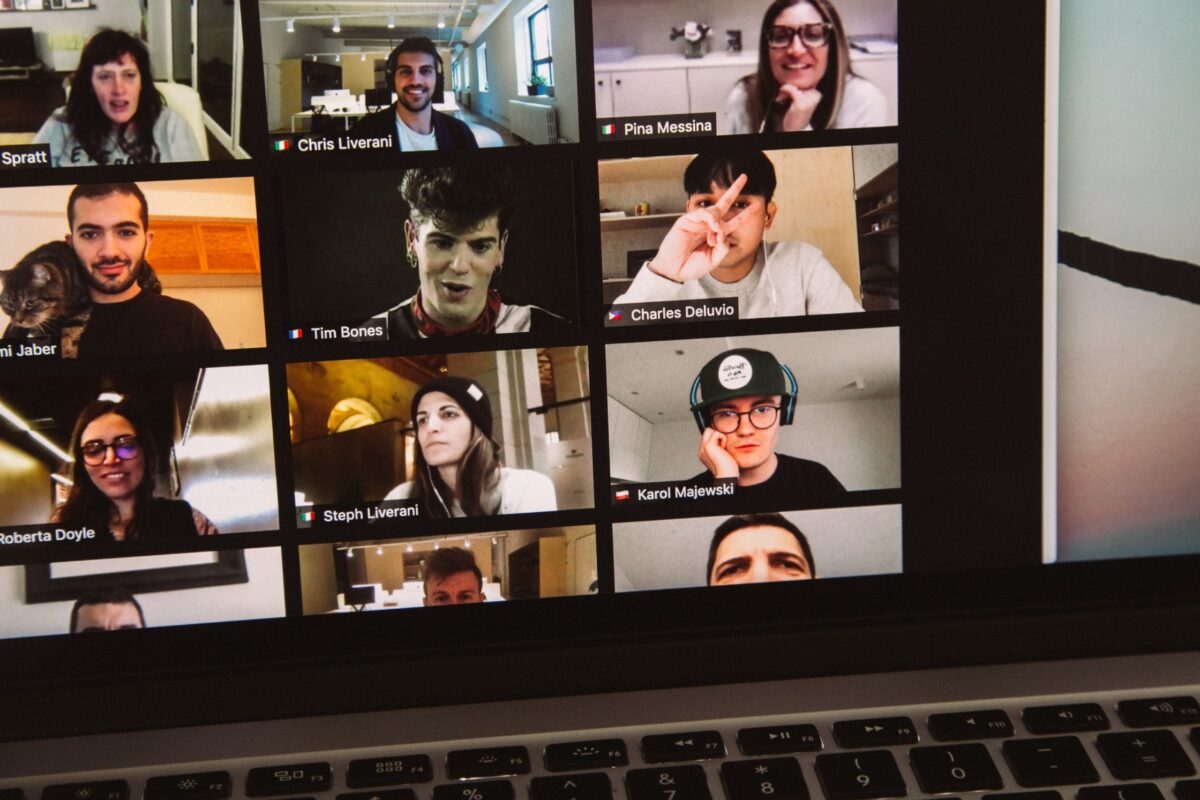#1 It’s totally possible to create a close-knit community online!
Creating a digital community is easier now than ever before. We went from hosting 40 in-person conferences per year to 300+ digital events/year.
Crazy right? But it has been totally worth it.
Hosting consistent, recurring events meant our members would continually check in with each other, learn about each other, and be part of each other’s lives in ways that were never possible before.
We’ve had members join digital events while on vacation or even in the hospital!
Connecting with people has never been easier.

Virtual communities are a great way to engage your audience!
In March of 2020, C-Suite Network recognized the need for a weekly events to connect with one another, celebrate our successes, big or small, and discuss the unique challenges our businesses were going through.
That’s why we created an event series called C-Suite Celebrates to allow our community to celebrate their wins of the week either personally or professionally. Two years later, the event is still thriving with an amazing community of business leaders.
In fact, on May 6 we are celebrating the 100th anniversary of our digital networking Celebrates series.
If you’re interested in experiencing a digital networking event you can register for the event here.
Now on to number two!

#2 Be prepared to mute users and turn off videos!
Appoint someone to be on the ready to turn off anyone’s video and sound!
Here’s why…
There’s always that one person who sounds like they are in a wind tunnel. Or the other one that thinks they are on mute and takes a personal call in front of the whole group (it happens)!
If you don’t have someone appointed to this role ahead of your event, you’ll just end up wasting a lot of precious time waiting for people to fumble themselves off mute.

#3 Make the events interactive -people want to interact not just sit there
The vast majority of the feedback we get from attendees is that they are craving to be part of the conversation. Not just listen to one.
Ask questions to the audience, acknowledge comments in the chat, offer break out rooms (Zoom has this feature).
Pick interesting or experienced speakers. Attention spans are small and there is a lot of noise competing for attention. An engaged audience always makes for a better event.

#4 There’s strength in numbers! The power of joint ventures
Don’t have a big list of people to invite? You don’t have to go at events alone. Find joint venture partners who are on a similar mission to compliment each others success.
For example, we partnered up with LeadHERship Global and others to add massive value to our joint communities not only by cross promoting each other, but joining forces to create more diverse events and subject matter expertise.
Joint ventures can be a great way to expand your influence and add value to audiences that otherwise may have not known about your brand.

#5 Engagement is the key performance indicator
Unlike in-person events where an attendee is immersed in your event experience, virtual events compete against at home or in-office distractions for your attendee’s attention.
That is why it’s even more important to focus on how you are engaging and interacting with your attendees.
Increasing your engagement during virtual events leads to stronger more meaningful connections and relationships between your attendees. Add surveys, polls and breakout rooms to allow people to dive deep on the topics that matter to them.
Give people a way to engage!


#6 Encourage people to interact and turn their cameras on
We have found that it’s considered rude to attend a networking event on mute with your camera off. You appear to not be engaged, which is a bad look for your brand.
You wouldn’t walk around a live event with blinders and a muzzle, would you? If so, why make the trip at all?
Remind people to turn their cameras on or call on people for feedback to make sure everyone gets a chance to be heard. Otherwise they may not come back or feel like a welcomed member of the group.

#7 It’s okay to let people see your personal side
It’s OK if your kids or pets show up on camera. (as long as they’re not being in appropriate).
We’ve seen the more personal side of brands and colleagues and most of us have gotten used to the small interruptions. In fact, they’re often welcomed.
So don’t shoo your six-year-old daughter from wandering into the conversation. Embrace her interest in what’s being discussed.
After all, she’s a future leader and it’s never too soon to get her connected and networking!

#8 Have a plan b if a falls through (life happens)
Be prepared for the event to NOT go according to plan. Life happens after all.
Have a plan b in case the speaker doesn’t show or they have technical issues and a backup on your side too.
Make sure your host has a topic they can deliver on in case your guest falls through or has technical difficulties.

#9 Come prepared with ice-breaker questions
Let’s face it, networking events can be a little awkward and scary to others (especially if you’re new to a group). That’s where we have found icebreakers to come in handy.
We found it empowering to ask questions like;
“Share your favorite picture on your phone right now and explain why it is.”
It helps to break the ice in a business setting and bring the conversion down to earth in a personal way before diving into the deep end on business issues.
Need help thinking of ice-breaker questions? There are hundreds of ideas, like these 62 event ice-breaker questions from eventmanagerblog.com.
Ice-breakers adds to the fun factor and sometimes even the corny sounding games get people interacting with it and each other. That’s what creates a memorable experience.
Having a prize wheel doesn’t hurt either!

#10 Cross train your team on technical tasks!
The most stressful part of hosting digital events is when you don’t know what you are doing from a technical level.
Have your team cross trained on hosting, running slides, monitoring registrations, creating breakout rooms (Yes, Zoom lets you do breakout rooms).
Sometimes it doesn’t matter how prepared you are, something comes up and its better that your team is empowered to step into different functions. Everyone should have basic understanding for the entire event process.
For more information visit tylerhayzlett.com


























